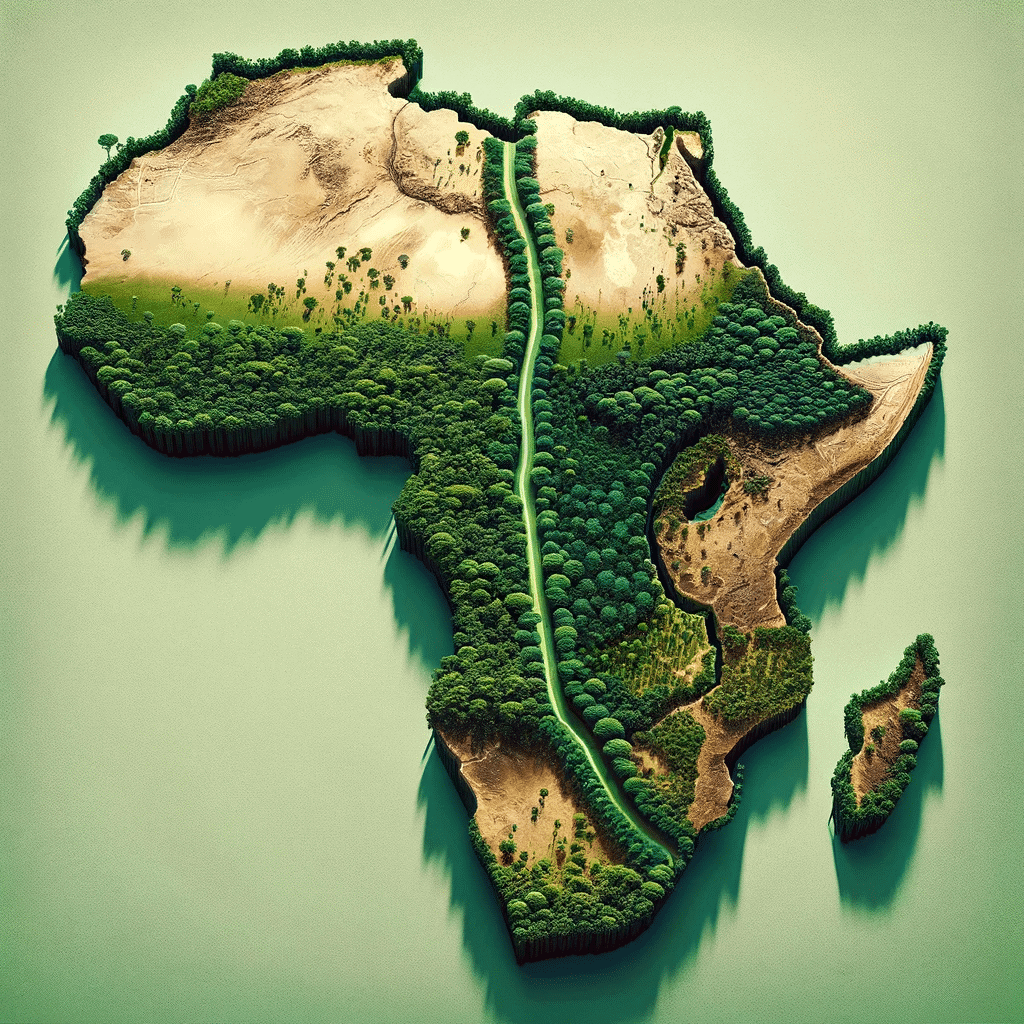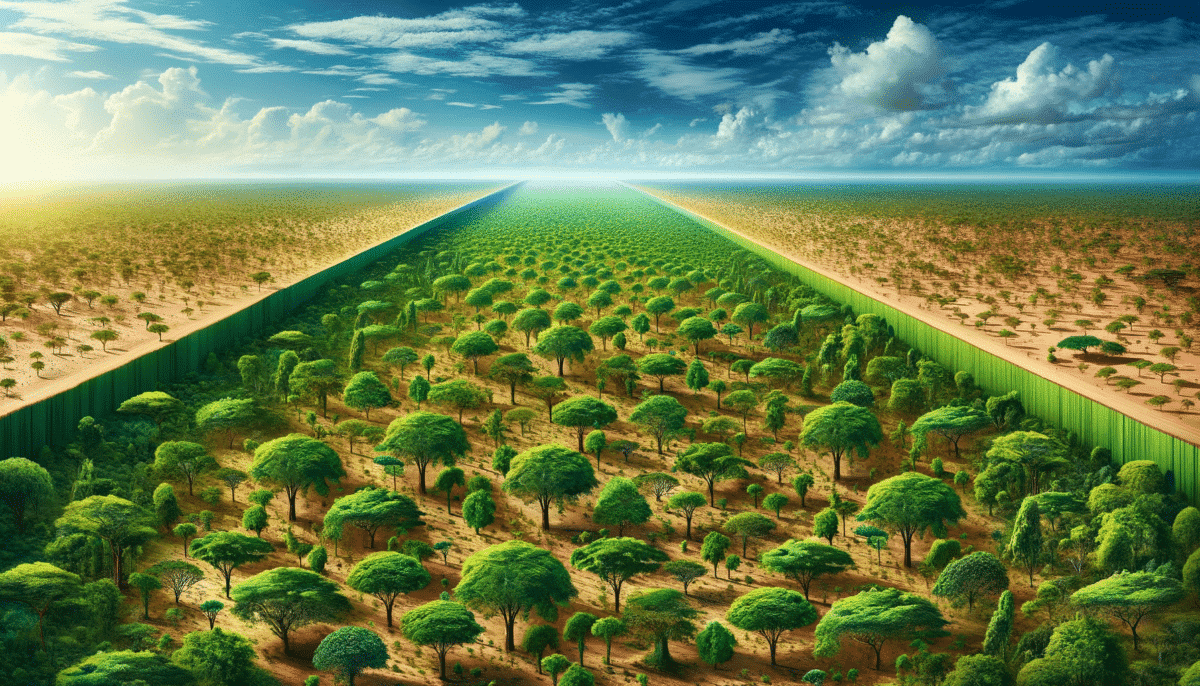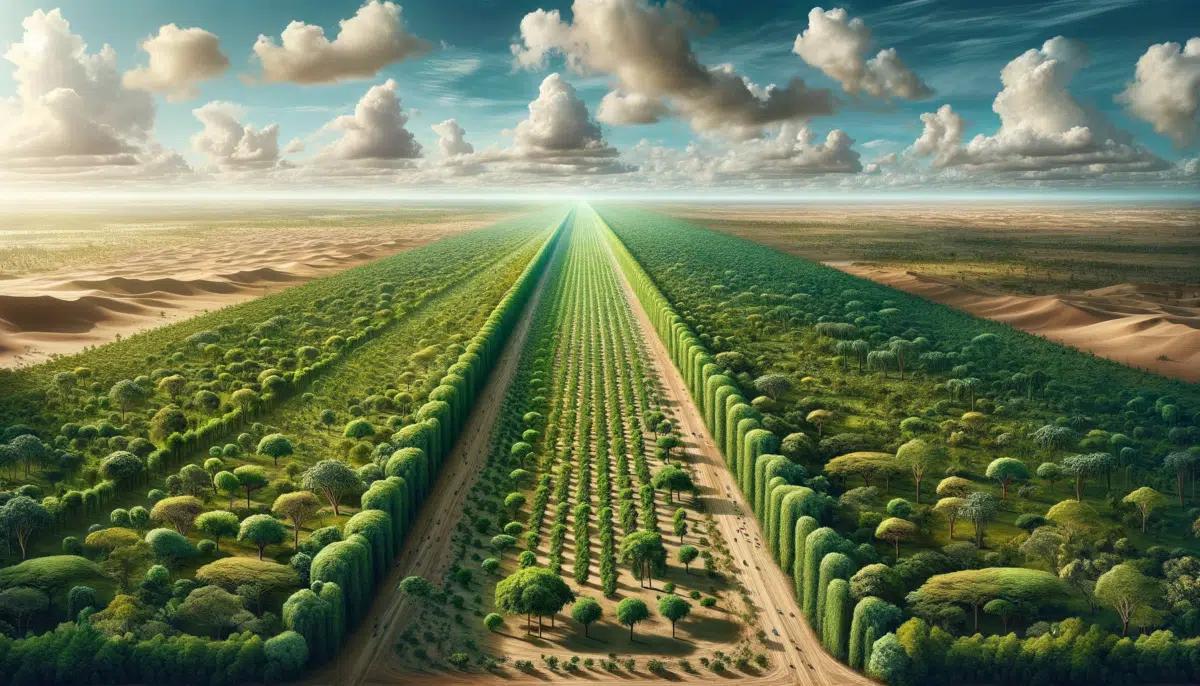In the heart of Africa, an ambitious and visionary project is taking shape, one that seeks to combat the daunting challenges of desertification, climate change, and biodiversity loss. This project is the Great Green Wall, an initiative that aims to grow an 8,000-kilometer-long and 15-kilometer-wide wall of trees across the entire width of Africa. From Senegal in the west to Djibouti in the east, the Great Green Wall is not just a reforestation endeavor but a symbol of hope and resilience for the African continent.
The Genesis of the Great Green Wall

The Great Green Wall was conceived in 2007 by the African Union as a response to the encroaching Sahara Desert, which has been expanding for decades, swallowing fertile land and displacing communities. The project’s goal is to reverse the effects of land degradation and desertification in the Sahel region, which is one of the poorest in the world. By planting a vast belt of trees, shrubs, and grasses, the initiative aims to restore 100 million hectares of currently degraded land, sequester 250 million tons of carbon, and create 10 million green jobs by 2030.
Environmental and Social Impact
The environmental benefits of the Great Green Wall are immense. The wall of vegetation helps in stabilizing soil, reducing erosion, and improving soil fertility. It acts as a carbon sink, absorbing carbon dioxide from the atmosphere, thus mitigating climate change. Additionally, the restored land supports biodiversity, providing habitats for local wildlife and preserving the ecological balance.
Beyond the environmental impact, the Great Green Wall has significant social implications. By creating sustainable land management practices, it helps in securing food resources for millions of people. The project is also a source of employment, particularly for rural communities, offering opportunities in nursery management, tree planting, and land restoration. It empowers communities, especially women and youth, by providing them with the means to combat poverty and become guardians of their environment.
Challenges and Progress

Despite its ambitious goals, the Great Green Wall faces numerous challenges. These include political instability, funding shortages, and the sheer scale of the task at hand. As of now, progress has been varied across different countries, with some like Senegal and Ethiopia showing significant advancements in planting, while others are lagging behind.
However, the international community has started to rally around this cause. The United Nations, the World Bank, and various NGOs have pledged support, both financially and technically. This global backing is crucial for the success of the project.
Conclusion
The Great Green Wall is more than just a reforestation project; it is a living symbol of hope for the future. It represents a collective effort to address some of the most pressing challenges of our time: climate change, desertification, and poverty. As this green belt stretches across Africa, it brings with it the promise of a more sustainable and prosperous future, not just for the continent but for the entire planet.
Unearthing The Discovery of World’s Oldest Forest in America
The Small Sharks of South Africa’s Underwater Kelp Forests
Join our Forum for free today!

- The Kleptomaniac Cat That Rules Houston - July 20, 2024
- Elephant Makes a Lifelong Friend at Sanctuary in Tennessee - July 14, 2024
- Evidence For World’s Oldest Fossilized Forest Discovered in New York - July 11, 2024

